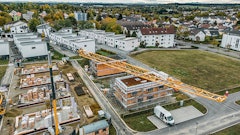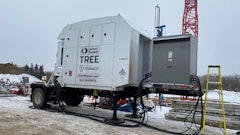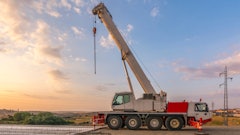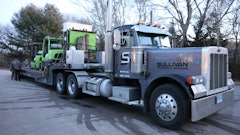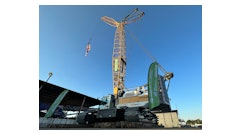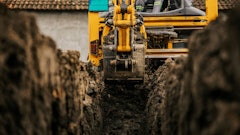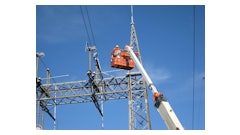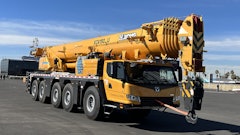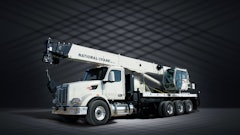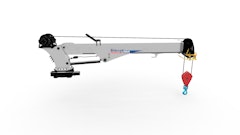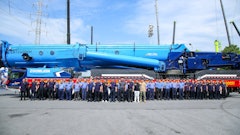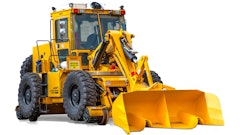
The 40-some journalists from 13 countries participating in the 2013 Liebherr Information Tour were treated to an exclusive behind-the-scenes tour of the Canopee Les Halles construction site in the heart of Paris.
Since the 1970s, the Quartier des Halles (Hall Quarter) has emerged as a focal point of the Paris area. It is the site of Europe’s biggest urban transport hub (with 750,000 passengers daily), a large shopping center, sports and cultural facilities and a pedestrian precinct linking the complex to Beaubourg, a major meeting place for young people from all over the city.
The Halles site is in the midst of a restructuring and modernization process to improve its functionality, better integrate it into its environment and make it more pleasant for users. The renewal project includes a new garden, extended pedestrian precinct, simplified walkways, a larger, more functional RER train station, more modern shopping center, reorganized underground road system, etc. – all of which will be covered by “la Canopee,” a 20,332-sq.-yd. (17,000 sq. m) nature-inspired structure.
A Natural Step Forward
The $250 million (USD) contract awarded to a consortium composed of Chantiers Modernes Construction (lead firm), TPI and GTM TP Ile de France (subsidiaries of VINCI Construction France) covers all construction work for La Canopee, as well as assistance with managing the design and work interfaces for the whole project. The Canopee, which replaces the existing aboveground section of the Forum des Halles, will include:
- two three-level buildings hosting public facilities and shops;
- a nature-inspired roof;
- and a patio linking the two buildings that will serve as an area of transition and contact between the underground and aboveground cities.
The roof will cover the Lescot gate and the patio areas. It will be laid over the top of the North and South buildings via a box girder, which will transfer the vertical load distribution onto the old forum infrastructure. Its maximum span will be 328 ft. (100 m).
The structure, which is shaped as a giant unfolded leaf, will be fitted with glass sections (containing 18,000 glass panes) and 15 louvers forming a lattice of curved metal tubes with glass scales. In addition to providing protection from the elements while maintaining an outdoor environment, the roof will capture solar energy via PV panels placed on the North and South buildings.
Suited for Tight Urban Conditions
Given its central location in one of the busiest parts of the city, the Canopee project has presented a number of logistical constraints. The work site is situated in one of the biggest shopping centers in Paris and must integrate the problems of carrying out work in the shops; keeping the shopping center’s emergency exists operational; and installing slabs directly above the shops.
Currently, the project centers around two Liebherr 380 EC-B 16 Litronic flat-top cranes and a 280 EC-H 12 Litronic top-slewing crane. The flat-top models are being used with a 164-ft. (50 m) boom – one with a hook height of 98 ft. (30 m) and the other with a hook height of 131 ft. (40 m). The 280 EC-H 12 Litronic is being used with a 197-ft. (60 m) boom offering a hook height of 262 ft. (80 m).
The assembly weights of the EC-B header can be quickly reduced by the easily divided modules, allowing for use of small mobile cranes for assembly, which proved advantageous in the cramped inner city of Paris. Quick-action connections are used to assemble the cranes quickly and safely.
Both flat-top cranes are being used for concrete work and the assembly of structural steel works, while the tower crane acts as a classic feeder crane for lifting materials onto the construction site. One of the two 380 EC-B Litronic models was assembled on the roof of the underground line. In order to distribute the forces on a large scale, a special steel construction was assembled under the 20’ x 20’ (6 m x 6 m) cross base.
Construction of La Canopee began in May 2012 and is expected to be completed by the end of 2013. Work on the interior of the North and South buildings and reorganization of the three gates will continue through 2015.






